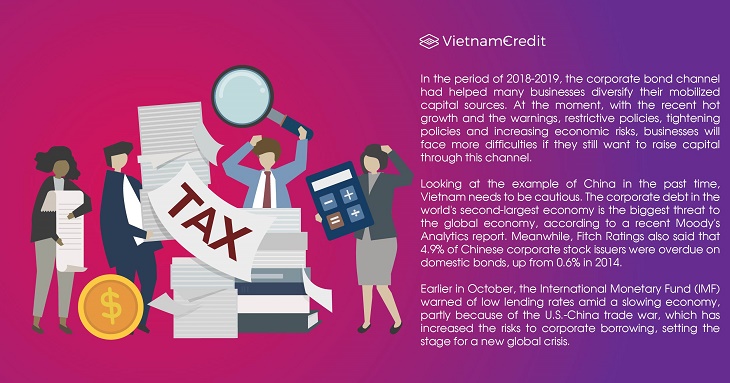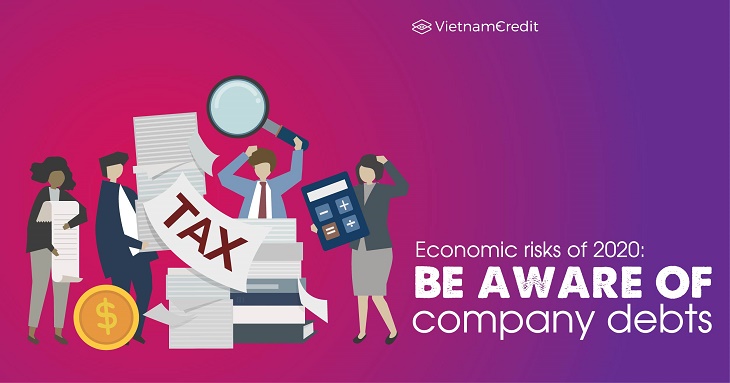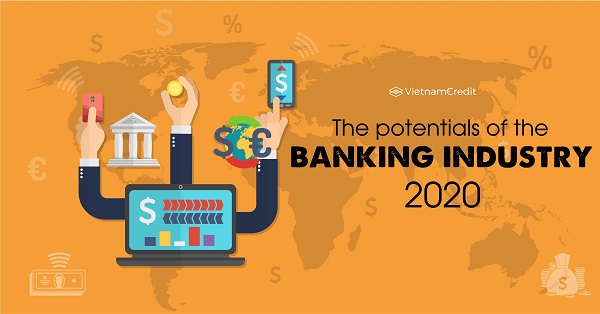The recent outbreak of the new strain of the corona virus (nCoV) has further shaken business confidence and increased the challenges and difficulties facing the economy.
The exchange rate and gold prices have increased sharply at the beginning of the year in the context of the Corona virus spreading, while the inflation variables have already suffered from pressure since the last months of 2019. However, the economic risks of 2020 could be more severe.
From major debtors
The fact that several large private economic groups have recently divested capital, sold projects, and sought new loans from outside, has shown the challenges and risks of the future economic environment. It is noteworthy that these are leading corporations in the economy, having major debts and operating widely in many fields. The risks of these "too big to fail" businesses are thought to be increasing and will have a significant impact on the economy once uncertainties occur.
The term "too big to fail" was used to refer to banks and economic groups that had to be rescued in the 2007 global crisis, as they were too big that if they had gone bankrupt, the entire economy would have collapsed. In recent years, several personal enterprises have grown to such level with operation varying between several fields, contributing to economic growth. However, this also creates extremely large debts, as business owners always want to take advantage of the financial leverage to the fullest and to optimize the efficiency of capital usage.
Even though some enterprises have found successes as they have managed to get foreign currency support from other countries, this also leads to noticeable risks as the exchange rates increase; in the context of Vietnam facing the possibility of having its credibility level lowered and the currency devaluation trend of major regional economies. The fact that mobilizing a huge amount of capital is too easy when listing the subsidiaries, as well as selling shares to foreign investors, also makes many businesses spread their investment to win market share and take chances in areas that are assessed to have strong growth potential in the future.
However, multidisciplinary risks will also be inevitable and the cash flow of businesses will face many major pressures when new areas do not work as expected. We surely have not forgotten the story of calling for the rescue of a large private corporation which also fell into the spiral of debt when the investment was scattered and multidisciplinary, causing many banks to become hostages of the business. As a result, recent M&A transactions represent a glimpse of the rescue plans.
The debt risks of businesses have been mentioned more than a year ago, in the context of many businesses having excessive debt and expanding operations to new fields of work as the prospects of the economy are optimistically forecasted at that time. However, the unexpected trade war between the United States and China has forced the world economy to increasingly face more unpredictable risks.
>> Debt collection: a thorough understanding
Impacts on the economy
The recent outbreak of the new strain of the corona virus (nCoV) has further shaken business confidence and increased the challenges and difficulties facing the economy. The consequences will not only affect tourism and aviation, but production may be stagnant and trade may be limited, followed by bad effects on agriculture, retail and international capital inflows.
In addition, the sharp decline in the stock market in the past few days has made the prospect of the future gloomy, making it difficult for businesses to raise more capital, causing the ability to find financing for loans due to be a major challenge. Accordingly, businesses may have to resort to bank loans, pushing up the pressure on interest rates, causing businesses that have overdue debt to be even more burdened by the debt.
In the period of 2018-2019, the corporate bond channel had helped many businesses diversify their mobilized capital sources. At the moment, with the recent hot growth and the warnings, restrictive policies, tightening policies and increasing economic risks, businesses will face more difficulties if they still want to raise capital through this channel.

Looking at the example of China in the past time, Vietnam needs to be cautious. The corporate debt in the world's second-largest economy is the biggest threat to the global economy, according to a recent Moody’s Analytics report. Meanwhile, Fitch Ratings also said that 4.9% of Chinese corporate stock issuers were overdue on domestic bonds, up from 0.6% in 2014. Earlier in October, the International Monetary Fund (IMF) warned of low lending rates amid a slowing economy, partly because of the U.S.-China trade war, which has increased the risks to corporate borrowing, setting the stage for a new global crisis. In Vietnam, where the credit growth has been high for many years, interest rates have been stable and tended to go down due to the reduction efforts of regulators, causing the borrowing activity to flourish.
Many businesses are actively borrowing as tax shields to increase business efficiency and expand investment into other areas. Regarding international loans, if the foreign capital flow slows down, together with Vietnam being downgraded in the prospect of credit rating in the near future and the risk of being accused by the US of monetary manipulation, it will be more difficult to get international loans. Meanwhile, many large domestic private corporations are now seeking new sources of foreign loans to finance their existing activities as well as repay old loans.
In the context of sustained economic growth, high consumer purchasing power, comfortable interest rates, businesses can still withstand and even find ways to increase financial leverage by increasing debt. However, as the economy reverses and decelerates, interest rates rise due to inflationary pressures and exchange rates, and the demand is weakened, companies may have to pay their prices, especially those with huge debts, unhealthy balance sheets, and troubled cash flow.
Then, bad debts of the banking industry will also face increased risks; in fact, there have been signs of a rebound in 2019. The increase of bad debts will obviously continue to negatively affect the interest rate level, and the spiral will continue as it has happened in the past. Consequently, it will be difficult for the economy to maintain the growth rate as set out, or this rate may even slow down. With such negative effects, Vietnam may have to use rescue policies once again.
>> Vietnam is suffering from debt overload
























































